Early Spring Lawn Care
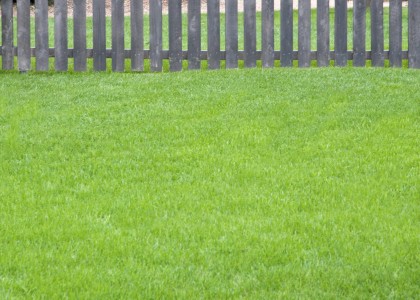
Gardeners enjoy having attractive turf, particularly as spring unfolds. Keeping grass healthy and vigorous is one of the best ways of eliminating weeds, and I have several tips that will help you get where you want to be.
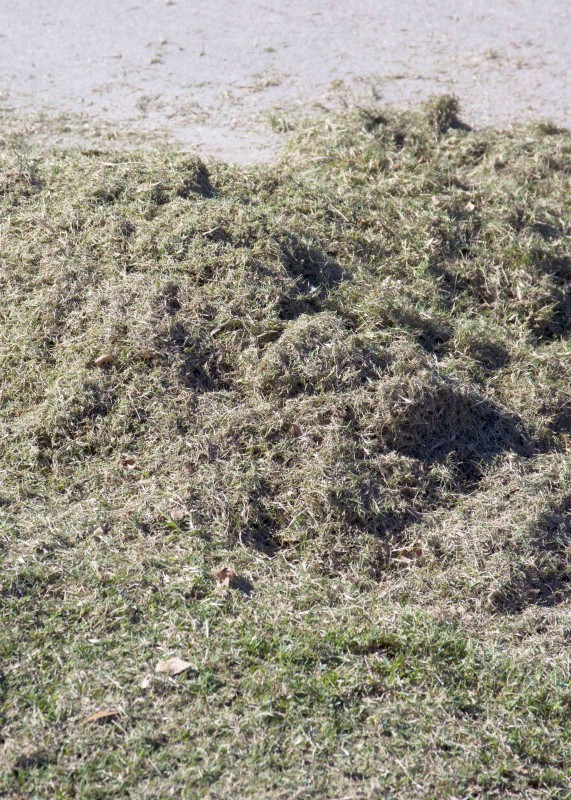 Scalp the lawn to remove brown, winter-killed stubble. Scalping is the process of dropping your mower blade one or two notches, then mowing to trim off the dead blades. Bag the clippings and use them either as a mulch or in the compost pile. By exposing the soil to more sunlight, it will warm up more quickly, causing the grass to green up faster. The new green blades will also show up better and earlier, so your lawn will appear to be weeks ahead of lawns that haven’t been scalped. Scalping also eliminates many early-spring weeds, however, it’s a dusty process. Wear goggles and a quality respirator.
Scalp the lawn to remove brown, winter-killed stubble. Scalping is the process of dropping your mower blade one or two notches, then mowing to trim off the dead blades. Bag the clippings and use them either as a mulch or in the compost pile. By exposing the soil to more sunlight, it will warm up more quickly, causing the grass to green up faster. The new green blades will also show up better and earlier, so your lawn will appear to be weeks ahead of lawns that haven’t been scalped. Scalping also eliminates many early-spring weeds, however, it’s a dusty process. Wear goggles and a quality respirator.
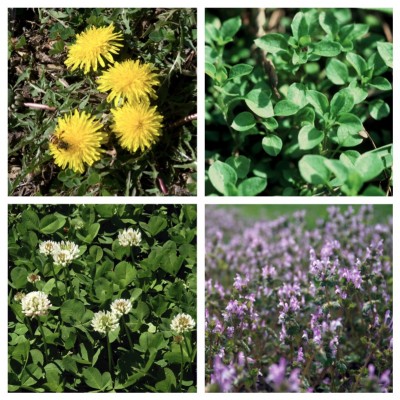 Apply a broadleafed herbicide to eliminate clover, dandelions and other non-grassy weeds. You’ll find several products in nurseries and hardware stores, most of them containing 2,4-D. Read and follow the label’s directions for the best control and to avoid damage to desirable trees and shrubs nearby.
Apply a broadleafed herbicide to eliminate clover, dandelions and other non-grassy weeds. You’ll find several products in nurseries and hardware stores, most of them containing 2,4-D. Read and follow the label’s directions for the best control and to avoid damage to desirable trees and shrubs nearby.
Many of you have asked if there are “weed-and-feed” granular products that I would recommend, and the answer is “No!” I believe it is much more prudent to apply a broadleafed weedkiller as a spray directly to the weeds, rather than applying it in tandem with fertilizer to the entire lawn. Further, the best time to apply weedkillers is generally 4 to 6 weeks earlier than the best time to apply fertilizers to turf.
Apply a pre-emergent weedkiller to stop the germination of crabgrass, grassburs and other warm-season annual grassy weeds. Dimension and Halts are most commonly sold to homeowners, but other types are also good. Each gives 100 to 110 days of control of germinating weeds.
Timing is critical. You want your first application to be one to two weeks before the average date of the last killing freeze for your area.
The dates I am going to give you are for the Texarkana/DFW/Abilene/Midland/Odessa corridor. If you are way south of that line, make your applications 1 to 2 weeks earlier. If you are way north of that line, add 1 to 2 weeks.
In that corridor, make your first application by March 15 and a second “booster” application 90 days later, in the first two weeks of June. These materials are safe around trees and shrubs, and they’re safe for any type of lawngrass. Do not, however, use them on new turf until it has gone through its first winter.
Remember: these are PRE-emergent herbicides. Once you can see the weeds growing, they will not be effective, nor will they control perennial weeds that come back from their roots.
Water your lawn during prolonged dry spells, even though it’s still comparatively cool. Soils dry out quickly during the spring winds. If you want your lawn and landscape to green up and start growing quickly, you’ll need to water all areas deeply.
Check your sprinkler system to be sure it’s accurately adjusted and that all parts are functioning properly. Check each head to ensure it’s putting out a normal pattern of spray, and that it’s aimed in the correct direction. Look for sprays of water that would indicate broken pipes or missing heads. If the soil around the lowest head on a given station is constantly wet, check the valve to be sure it’s closing properly. Grits of sand can become lodged against the gasket, or the gasket’s rubber itself may have turned hard and dry. This would be a good spring to install a “smart” controller if you don’t already have one. While you’re at it, talk to your irrigation contractor about drip irrigation and how your existing or new system can be fit with low-consumption drip lines and emitters.
Fertilize your lawn, but don’t rush to do so. First feeding in South Texas should be March 15. In Central Texas, April 1. In far North Texas/Panhandle April 15. Have your soil tested to determine the best fertilizer for your needs. Don’t be surprised if the test suggests that you apply an all-nitrogen fertilizer in clay soils and a 4-1-2 ratio high-nitrogen fertilizer in sandy soils. Choose a quality fertilizer with half or more of its nitrogen in slow-release form. Again, I am NOT an advocate of weed-and-feed products.
Level your lawn. If your lawn is uneven, make plans to level it after it has greened up and started growing, probably late April or May. Use weed-free topsoil if you’re filling areas an inch or deeper, or dry mortar sand for shallow fills.
Start new turf. Spring is the ideal time to start new lawns. Common bermuda is extremely durable and drought-tolerant. St. Augustine grows best in full sun, but it tolerates shade. Zoysias are intermediate between the two, but growing in popularity. Buffalograss should be confined to areas where bermuda will not invade it. There is no product that can eliminate bermuda in buffalograss without damaging the buffalograss at the same time. You can sod bermuda and zoysia almost anytime in the spring, but seeding and hydromulching should wait until after mid-April. St. Augustine sod will re-establish more quickly once the soils warm, probably after early to mid-April. Keep the new grass moist until it establishes deep roots.
Possibly aerate your lawn. If you have an accumulation of thatch (undecomposed organic matter that is on top of the soil but beneath the runners), rent an aerator in late April or May. Core aerators work best, since they actually remove a small cylinder of the thatch and topsoil, allowing air, moisture and nutrients into the soil. Given that exposure to water and air, the thatch layer will also break down. Dethatching machines flail the grass and can do serious harm. In reality, you probably will never need to aerate or dethatch lawns under normal conditions.
A word about water curtailments. All Texans should protect every drop of water they use on lawns and landscapes, whether we’re in a drought or not. We never know when the next drought will begin or the current one end. To that goal, follow local regulations carefully. Choose and use only plants that are tolerant of dry conditions, but be sure they are equally tolerant of wet times in your part of Texas.
In really severe times, when watering is heavily curtailed or even prohibited, limit the amount of nutrients you put on your lawn and landscape during hot weather. As you can, time your applications to be just before imminent rain, but try to avoid leaching and runoff.
Also from Neil's Notes...
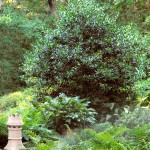
Best Plants for Screening
I’m often asked to recommend a screening plant to give privacy to a home and its landscape. The 12 I would rate as best for big parts of Texas would be: Eastern redcedar juniper (to 35 …


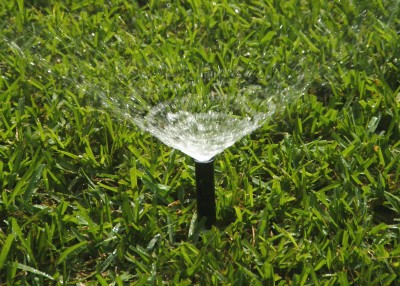
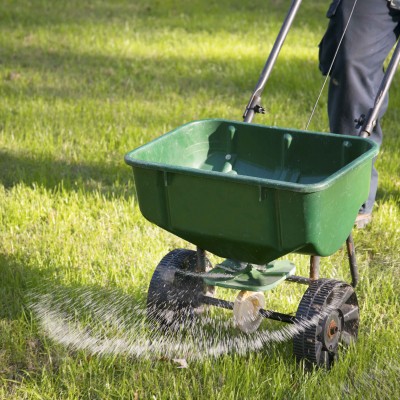
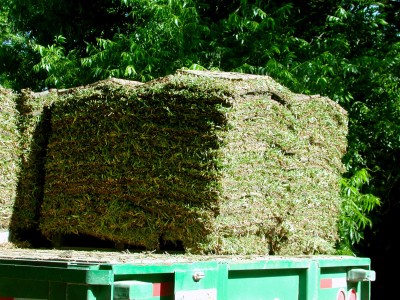
What do we do for a lawn overseeded in perennial rye and we have Bermuda underneath? We want it green year round for a small wedding venue.
When should you do the scalping?
Thank you for putting all this in one place!
Whom do we contact or how do we test the soil?
You and Howard Garrett need to get together on your answers. He says do not scalp, you say scalp..explain
How does one get rid of what I think is Johnson grass? It is a big clump of ugly!
You mention warm season preemergent about March 15. What about cool season? I did min in September and applied a 2nd round at mlk day this year. Normally if I hold off on that 2nd one till February or March it is far too late and I have overrun of cool season weeds covering my yard till the Bermuda takes over
As a ‘Texas Transplant’ originally from the N. East, I struggle with getting a green lawn in the DFW area. I’ve been trying to educate myself for 13 yrs and get different info from a variety of ‘experts’. I also appreciate ths info. My question: When is the best time to aerate? ?after scalping? How often is it necessarry?? I pulled out Bermuda grass and put Zoysia in on my small lawn ~5 yrs ago and it hasn’t been right since. I think I got scammed on the quality of Zoysia/landscaper doing it, and trying to make it what I heard it can be.
I have Mini/roadside Aster all over my lawn and a thick weed that i havent been able to identify. Any ideas how to get rid of them?
Should i water before thos next freeze and ice. O have lost two large tops and limbs the past freezes
Neil, I would like to use my grass clippings in my compost pile that will eventually go into my vegetable garden. Is there a pre-emergent herbicide that is safe for compost that will go into vegetable gardens? Also, do you know of a product that will kill grasshoppers and is also non-toxic to mammals?
What do I do about my perennial weeds with roots that are already green?
Thank you for this info.
Are you aware of any herbicide that doesn’t have 2,4-D in it?
I like the way you answer our questions.
Last year I almost killed my 4 pound dog with a weed killer. What type of fertilizer can I use that will not be harmful to her?
There are tiny red spiders everywhere. Can’t finf my book. What do I mix up to get rid of them.